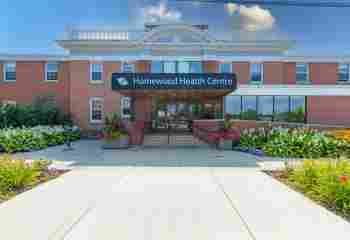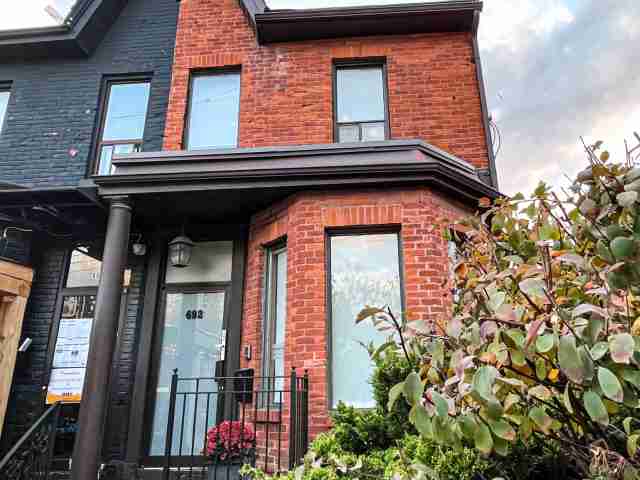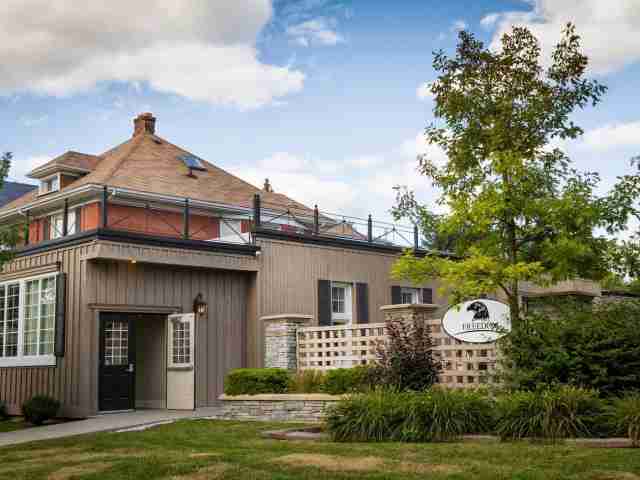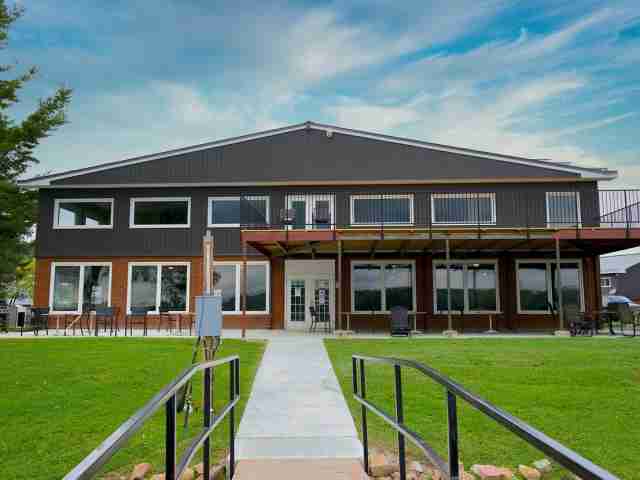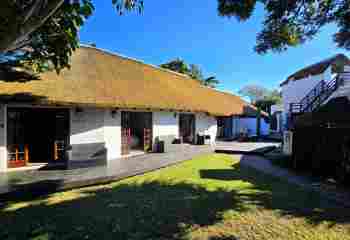More About LGBTQ+ Friendly Treatment Centers
LGBTQIA+ Drug and Alcohol Rehab Programs
A drug and alcohol rehab program is not a one-size-fits-all solution for people looking to treat their substance use disorder (SUD). Instead, in most treatment settings, patients receive an individualized care plan that includes treatment elements capable of addressing their particular needs.
Some treatment centres even offer specific programs tailored to the needs of a certain population of people, such as the LGBTQIA+ community.
What is an LGBTQIA+ Addiction Treatment Program?
An LGBTQIA+ rehab program is a sensitive and culturally competent addiction treatment program that is specifically designed to address the distinctive challenges and experiences faced by LGBTQIA+ identifying individuals.(1)
For this community, factors such as stigmatization, legal prohibitions, and hate crimes often contribute to the use of drugs or alcohol and typically differ from those experienced by the general population.(1)
Members of the LGBTQIA+ community can benefit greatly from receiving care that is appropriate and informed, as treatment can be more effective and produce improved outcomes when patients feel that their needs are heard, understood, and addressed.(1)
Research indicates that members of the LGBTQIA+ community are more likely than the widespread populace to:(1)
- Use substances.
- Have higher rates of substance misuse.
- Struggle with abstinence.
- Continue heavy drinking into later life.
Receiving addiction treatment that does not understand the cultural context underlying these and other concerns may inadvertently lead to poor and potentially detrimental treatment results for LGBTQIA+ patients.(1)
However, at an LGBTQIA+ rehab, clinical providers can use their educated understanding of this community to customize addiction treatment for their patients, such as by creating culturally appropriate assessments, identifying specific problems, and developing suitable treatment strategies.(1)
What Happens During LGBTQIA+ Addiction Treatment?
When you first enter into an LGBTQIA+ rehab, you will receive a professional assessment designed to help pinpoint your current needs, allowing the program’s clinical team to determine which level of care is most appropriate for you at the time of your admission.(2)
Additional assessments will be conducted throughout the duration of your treatment to ensure you remain appropriately placed within the program.(2)
Depending on the facility you attend, you may participate in one or more of the following levels of care:(2,3,4)
- Medical detox: Medical detox can help a person safely and comfortably clear their system of addictive substances, often with the use of medication to minimize withdrawal symptoms and in a medically supervised, supportive facility.
- Inpatient addiction treatment: Inpatient treatment requires patients to reside at the facility for the duration of their treatment, which can last anywhere from a few weeks to several months. This level of care is highly structured and provides evidence-based therapies and other comprehensive services.
- Partial hospitalization rehab programs (PHPs): A PHP takes place in a highly supportive outpatient setting and requires patients to attend treatment for several hours a day, most days of the week.
- Intensive outpatient addiction treatment programs (IOPs): An intensive outpatient program involves a patient commitment of 9 to 20 hours of treatment per week. Patients will go to the facility and participate in several therapies, typically including group and individual therapy.
- Outpatient addiction treatment programs: Patients of an outpatient program can live at home and visit rehab on a set schedule for treatment, as the time commitment is not as consuming as other levels of care. Generally speaking, patients of an outpatient program typically engage in therapy 1 to 3 times per week.
Treatment Approaches in LGBTQIA+ Rehab Programs
LGBTQIA+ treatment programs may employ a variety of evidence-based treatment approaches, which are not specific just to LGBTQIA+ programs but are used across all forms of treatment.
These therapies can benefit members of the LGBTQIA+ population who are struggling with addiction by helping them address the unique issues that can impact substance misuse while promoting abstinence and reducing other types of harmful behaviors.(1)
Types of therapy used in drug and alcohol rehab may include:(2,3,4,5)
- EMDR therapy, a structured type of trauma therapy that utilizes eye movements to help patients resolve emotional vividness surrounding traumatic experiences.
- Motivational interviewing, which helps patients resolve ambivalence about treatment in order to cultivate motivation and build a plan for change.
- Cognitive behavioral therapy (CBT), which shows patients how to identify and correct maladaptive thought and behavior patterns related to substance misuse.
- Dialectical behavior therapy (DBT), a highly structured modality that helps patients manage their emotions and reduce conflict through a combination of individual psychotherapy, group skills, training, telephone coaching, and a therapist consultation team.
- Group therapy, where patients offer support to each other, share their personal experiences and help each other maintain abstinence.
Additionally, like many people experiencing a substance use disorder, members of the LGBTQIA+ community may have co-occurring mental health conditions, such as post-traumatic stress disorder (PTSD) or depression.(1)
Treatment that addresses both the addiction and the mental health disorder is usually advisable to achieve optimal outcomes.(2)
What Happens After Completing an LGBTQIA+ Addiction Treatment Program?
After completing a more intensive treatment program, you may find that you benefit from some form of lifelong support to help maintain abstinence.(6)
Continuing care, also known as aftercare, can support your progress in treatment, monitor your condition, and respond to a return to substance use or mental health symptoms.(6)
Aftercare programs can involve a variety of interventions, such as:(1,7)
- 12-Step meetings geared towards the LGBTQIA+ community, such as LGBTQIA+ Alcoholics Anonymous (AA) and Narcotics Anonymous.
- Individual counseling with a culturally competent counselor.
- Specific aftercare programs for the LGBTQIA+ community.
- Alumni programs offered by the rehab the patient attended.
- Sober living, or recovery housing, which are substance-free, supportive residences, that can be geared toward LGBTQIA+ members.
Before completing your addiction treatment, you can work with the clinical team to develop an aftercare plan that meets your continued needs in recovery.
Does Health Insurance Cover LGBTQIA+ Addiction Treatment Programs?
Addiction and mental health treatment are considered essential benefits under the Affordable Care Act (ACA).(8) This means that health insurance plans have to provide at least some level of coverage for rehab.(8)
Insurance carriers also need to cover mental health and addiction treatment in a way that is similar to their coverage for medical and surgical services.(8)
Insurance coverage can vary by plan, so it’s a good idea to check with your carrier to verify your exact benefits. If you are uninsured, it can be helpful to reach out to the facility you are considering attending and inquire about other payment options.
Finding an LGBTQIA+ Rehab Program Near You
If you or a loved one is ready to seek rehab for a substance use disorder, explore your options and reach out to a rehab centre using our search tool today.
Find Executive Drug and Alcohol Treatment Centres
No matter what your professional role, if you are struggling with addiction, it may be time to get help. Reach out to a local rehab facility today and get the help you or your loved one needs.
Sources
- Centre for Substance Abuse Treatment. (2012). A provider’s introduction to substance abuse treatment for lesbian, gay, bisexual, and transgender individuals. Rockville, MD: Substance Abuse and Mental Health Services Administration.
- Centre for Substance Abuse Treatment. (2014). What is substance abuse treatment? A booklet for families. HHS Publication No. (SMA) 14-4126. Rockville, MD: Substance Abuse and Mental Health Services Administration.
- American Psychological Association. (2023, December 21). What is EMDR therapy and why is it used to treat PTSD?
- National Institute on Drug Abuse. (2014). Principles of drug addiction treatment: a research-based guide (third edition).
- Linehan, M. M., & Wilks, C. R. (2015). The course and evolution of dialectical behavior therapy. American journal of psychotherapy, 69(2), 97–110.
- Substance Abuse and Mental Health Services Administration. (2020). Substance use disorder treatment for people with co-occurring disorders. Treatment Improvement Protocol (TIP) Series, No. 42. SAMHSA Publication No. PEP20-02-01-004. Rockville, MD: Substance Abuse and Mental Health Services Administration.
- Mericle, A. A., Carrico, A. W., Hemberg, J., de Guzman, R., & Stall, R. (2020). Several common bonds: addressing the needs of gay and bisexual men in LGBT-specific recovery housing. Journal of homosexuality, 67(6), 793–815.
- Healthcare.gov. (n.d.). Mental health & substance abuse coverage.












